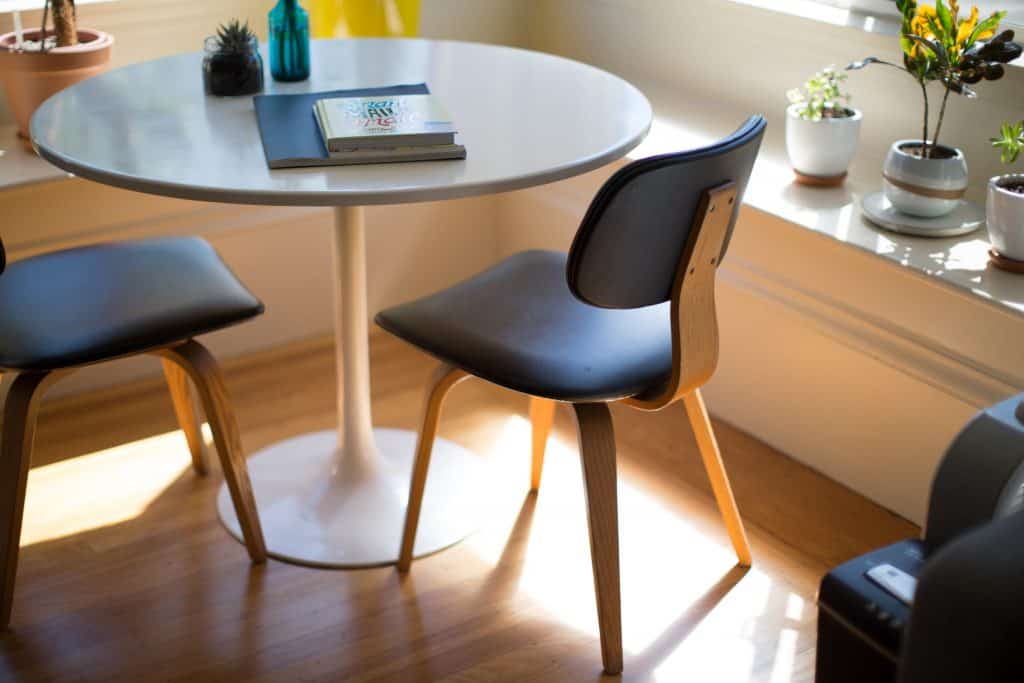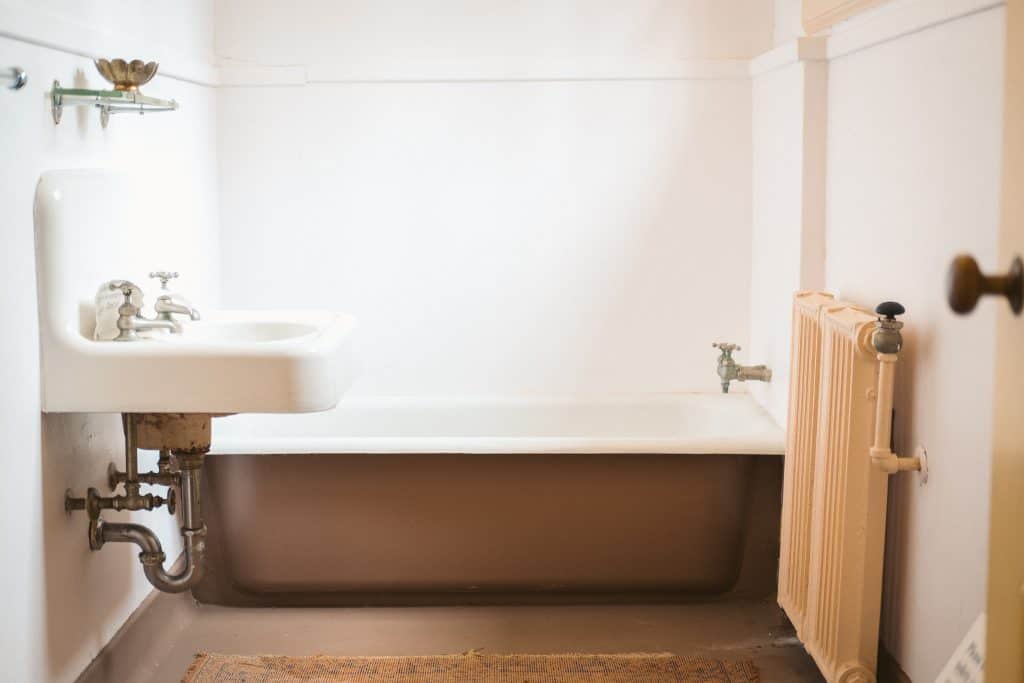Because time is relative, we need some real ways to save time.
It is time to get realistic about time. With only 24 hours in a day, you cannot expect to get 1000 things done well. Real ways to save time rely on having a clear purpose. Figure out what is important and get mental balance and clear purpose in return. Purge your schedule of the tasks that do not support the life you want to live and realize your goals.
People continually over and underestimate time. Sometimes you start a project thinking it will take an hour. Three hours later you’re apologizing to your friends and family for being late.
Or maybe you put another task off because it will take too long. You wait until you think you’ll have more time. Weeks later when you get to it, you notice it only took 5 minutes.
In reality, the more you put off the more time you need to complete the job. Not because the task itself takes awhile, but because you need to reorient to why and how you planned to do it and other things have piled on top of it.
How long does it really take to do something? In 30 seconds you can sort mail or shatter a world record. Time yourself to see what you need to allow enough time for, and where you tend to lollygag.
When you know how long tasks actually take, you’ll find them easier to schedule.
Preplanning also helps you get things done correctly the first time, which saves redo time. And a task isn’t finished until the stuff is put away – whether that’s laundry or making dinner.
It may take you 45 minutes to grocery shop, but it also takes 10 minutes to drive home and another 10 to unload the car and put the food in the fridge. You need more than an hour to complete this chore.
Are you a multi-tasker? Recent studies have found that when you multitask you are not as efficient as when you focus on one thing and then move onto the next thing. The brain has to switch back and forth when you multi-task. You lose precious milliseconds with each switch. Those fractions of a second add up quickly.
Schedule room to breathe in your schedule to accommodate interruptions. If there aren’t any, this wiggle room becomes bonus time by the end of the day.
Systems and routines are the real time savers.
When tasks become habit there’s no wasted time spent on review of the steps in the process. They become automatic.
One easy to create routine is to streamline your errands.
Running errands is often the most stressful part of the week. So, ask yourself whether you need to do the errand at all. Do you already have something else that will suffice? Can you order online and save yourself the gasoline and hassle?
Simplify your errands by making decisions ahead of time. Which stores have the items you use most? Go to those stores. No need to check the circulars every week and rework your route. Convenience is worth paying a little more: it’s no bargain to spend time and gasoline in traffic just to save a few cents.
Plan your route to group errands around your home, school or office at times when you’re already out. Consolidate trips and, whenever possible, park once and visit nearby stores.
Special projects that require additional time and route adjustment can easily be worked into the route if you plan them in advance. For example, the monthly trip to the home improvement store can correspond to the weekend you plan to repaint the hallway. Make a list of supplies and take accurate measurements to alleviate the need for return trips during the project.
A routine for when and in what order you run errands makes your home maintenance easier. It also answers your family’s questions about when something will happen. Get them involved in the list making, too.
Then designate a collection area or spot for totes or bins used for regular errands. This is where all the dry cleaning, recycling, library books, etc. go. Your reusable cloth bags go here, too, and help you avoid the future decisions of where to keep and when to recycle the plastic or paper.
And because we’re all distracted by bright, shiny objects when we’re hungry, eat first or work in a stop for a snack.
One easy to set up system is a simple household notebook.
Ever wonder what to do with the important bits of information that you know you’ll need one day? Not the account information you already have in your bill-paying center. Rather, all the little lists, notes, handouts and business cards that you need for living your life and keeping house.
One solution is to create a family procedure manual. Think of it as a safe place to keep the information handy, so it’s all in one spot when you need it. Grab it and go for weekly planning, or in an emergency evacuation scenario.
Use a binder that is large and sturdy enough to stand up on its own, but not too big that it becomes cumbersome.
Pick one you like because you’re more likely to use it.
Then customize it with the categories and items that work for you.
Use dividers to create sections for the categories that make sense for your situation.
Pockets are good for catching little booklets. Use checklists to keep year-to-year information up to date.
Sheet protectors are great for rotating school, work and event schedules.
Sheets with sections to hold business cards are ideal to keep contact info tidy and in the appropriate sections, like doctors, dentists, etc. This is one place it is easier to keep contact information with the notes and other information about a category.
Other handy categories might include:
- Babysitter, house sitter, pet sitter, housekeeper checklists
- Emergency numbers
- Family and friends contact information
- Gardening/landscaping notes and lists
- Gift lists
- Health care contacts and notes
- Home maintenance notes, schedules, services
- Memberships
- Perpetual calendar
- School/work contacts and schedule information
- Trip planning notes
Too much stuff for one binder? Split the fun items out from the maintenance and emergency information into separate binders.
No you know how to better estimate how long a task will take, you know when and where to pick up the supplies you need just in time and a place to gather reference materials together so you won’t be searching for them later.
These little incremental bits of how to save time are how you create enough time to do the fun things you stored in that binder.
More Ways to Save Time >> Easy and Effortless Systems



